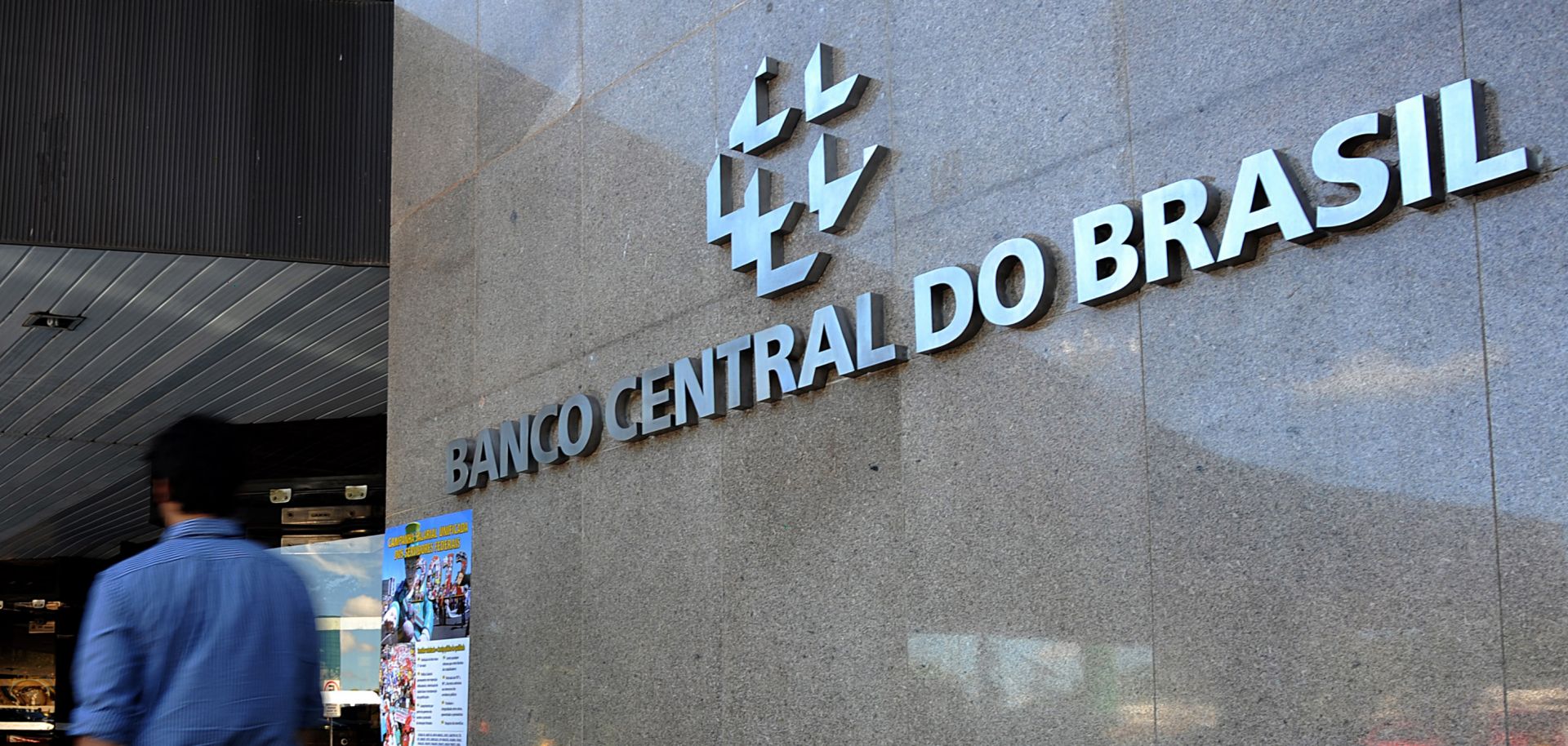In a recent development, Brazil’s finance ministry has revised its inflation forecast for 2024, projecting a higher rate of 3.63%, compared to the previous estimate of 3.52%. Simultaneously, the ministry has maintained its growth estimate for the largest economy in Latin America at 2.3%. This decision comes in the wake of the country’s central bank keeping its key interest rate at a six-year high of 13.75% to safeguard against a potential resurgence of high inflation. With the annual inflation rate reaching 4.18% in April, the government of President Luiz Inacio Lula da Silva has been advocating for rate cuts. Although the new inflation estimate falls below the average forecast of 4.13% by private economists, it aligns with the central bank’s target of 3% for 2024, with a tolerance margin of 1.5 percentage points.
Brazil’s Finance Ministry Raises 2024 Inflation Forecast
The finance ministry of Brazil has adjusted its projection for inflation in 2024, anticipating a higher rate of 3.63%. This revision reflects an increase from the previous estimate of 3.52%, indicating a potential rise in consumer prices over the next year. The ministry closely monitors economic indicators to provide accurate forecasts, enabling businesses and policymakers to make informed decisions based on prevailing market conditions.

Steady Growth Estimate for Brazil’s Economy
In addition to revising the inflation forecast, Brazil’s finance ministry has kept its growth estimate for the country’s economy unchanged at 2.3%. This figure highlights the ministry’s confidence in the economic trajectory, indicating a steady pace of expansion in Latin America’s largest economy. By maintaining a stable growth estimate, the government aims to foster an environment conducive to investment and business development, attracting both domestic and international stakeholders.
Central Bank’s Efforts to Curb Inflation
To combat the risk of soaring inflation, the central bank of Brazil has diligently maintained its key interest rate at 13.75% during recent meetings. This six-year high serves as a precautionary measure to prevent the reemergence of high inflationary pressures that could hinder economic stability. By keeping borrowing costs elevated, the central bank aims to contain inflationary expectations and maintain price stability, safeguarding the purchasing power of consumers and businesses alike.

Government Advocacy for Rate Cuts
While the central bank remains focused on curbing inflation, President Luiz Inacio Lula da Silva’s government has expressed its desire for rate cuts. The government’s stance reflects its belief that lower interest rates can stimulate economic activity and promote investment. Rate cuts have the potential to reduce borrowing costs for businesses and individuals, encouraging increased spending and stimulating economic growth. However, striking a balance between controlling inflation and promoting economic expansion poses a challenge that requires careful consideration and analysis of market dynamics.
Ministry vs. Private Economists
The new inflation estimate of 3.63% for 2024, as projected by Brazil’s finance ministry, stands below the average forecast of 4.13% provided by private economists. These economists, surveyed in the latest Focus survey conducted by the central bank, have slightly higher expectations regarding future inflationary pressures. While private economists may have varying methodologies and access to different data sources, their forecasts contribute to the broader understanding of economic trends and facilitate a comprehensive analysis of Brazil’s economic outlook.




